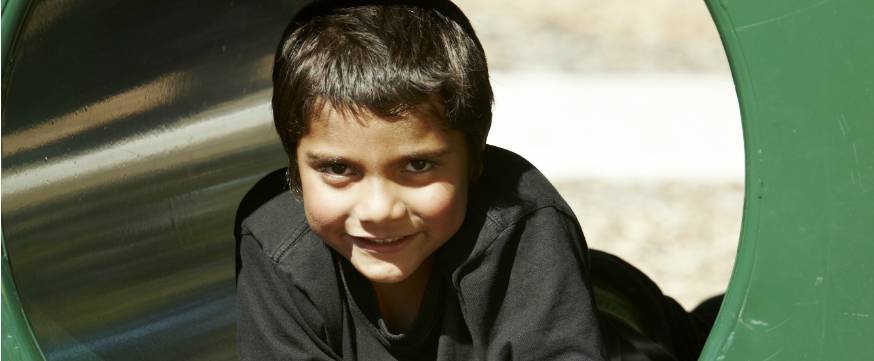
Revisiting Indigenous primary school experiences
Research 4 Sep 2014 4 minute readRevisiting Indigenous primary school experiences
The Longitudinal Literacy and Numeracy Study for Indigenous Students (ILLANS) tracked the development of English literacy and numeracy skills in a group of Indigenous students from the beginning of primary school until the end of Year 6.
The study was conducted in two phases. Phase 1 collected data over the first three years of school from Indigenous students who commenced their primary education in the year 2000, at 13 schools across Australia. The participating schools were nominated by education systems as examples of good practice in education for Indigenous students. For Phase 2, students from 11 of the original 13 schools, as well as 14 additional schools, were followed through Years 3 to 6, from 2003 to 2006.
The study revealed that on average, in the first year of primary school Indigenous and non-Indigenous students in the study achieved similarly in literacy and numeracy. By the start of Year 3, however, there was a gap in average achievement between Indigenous and non-Indigenous students. While Indigenous students improved their literacy and numeracy skills over the last four years of primary school at a similar rate to their non-Indigenous peers, the gap in average achievement evident at the start of Year 3 remained until the end of primary school.
Looking beyond the averages, there was enormous variability in literacy and numeracy achievement within as well as between groups. Many Indigenous students achieved at a high level in literacy and numeracy relative to their peers and, in some schools, performed as well as, or better than, non-Indigenous students.
In order to identify the critical factors that support Indigenous students to achieve highly at school, the study collected data on student background, teacher-rated student achievement and attentiveness, and student ratings of their school’s climate and themselves as learners. A number of school- and student-level factors related to literacy and numeracy achievement emerged.
School climate was identified as an important predictor of student achievement in both literacy and numeracy. Students who provided favourable ratings of their school’s climate, such as the learning environment and student-teacher relations, recorded higher literacy and numeracy achievement.
Of the student-level factors, attentiveness, language spoken at home, absenteeism and parental occupation were associated with both literacy and numeracy achievement. Students rated as more attentive by their teachers tended to record higher literacy and numeracy achievement, while students who spoke Standard Australian English at home also tended to achieve more highly than students who spoke other languages at home. Poorer literacy achievement was more common among students who had frequent absences from school and among students whose parents were in less skilled occupational categories.
Some enabling factors identified in the study included teaching that builds on students’ strengths and adapts to their different learning styles. Having strong links between schools and Indigenous communities, promoting student attendance, and developing and maintaining a school culture in which Indigenous students feel included and supported to learn were also identified as factors enabling success.
Read the full report:
The findings of Phase 1 of ILLANS were reported in ACER Research Monograph 57, Supporting English Literacy and Numeracy Learning for Indigenous Students in the Early Years, available at <research.acer.edu.au/indigenous_education/10>.
The findings of Phase 2 of ILLANS were first presented at ACER’s Research Conference 2011, on the theme Indigenous Education: Pathways to success, and were subsequently published as ACER Research Monograph 65, Literacy and Numeracy Learning: Lessons from the Longitudinal Literacy and Numeracy Study for Indigenous Students, available at <research.acer.edu.au/acer_monographs/7>.
